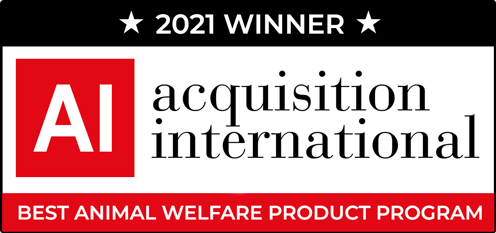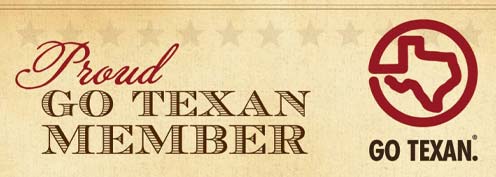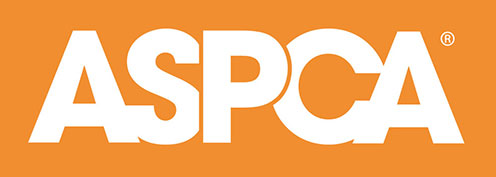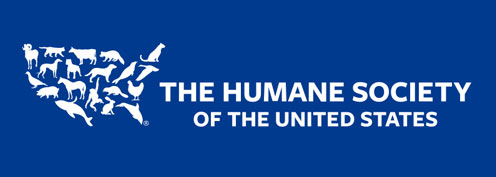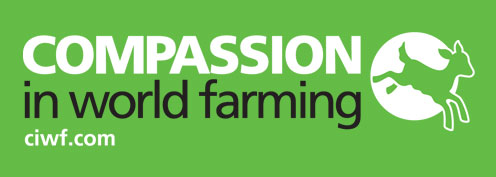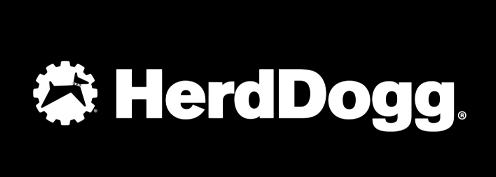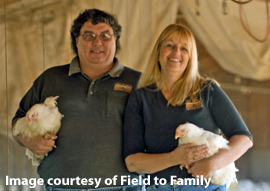
I think we all reach a point in our lives where we ask ourselves, “When am I really going to do the things I want to do?” I wanted to go back to my roots.
I grew up in a small farming community in Marin County, California. When I was ten, I started working on some small family farms in the town of Tomales, caring for sheep and cattle raised for beef and dairy, and harvesting hay and potatoes. Back in those days, the kids were the ranch hands, and we’d work from one family to the next. And, like most farm kids I knew, I participated in 4-H and Future Farmers of America, raising and showing sheep and a small flock of Banty roosters and hens.
While still in high school, I started working for a local poultry company. My first job was catching chickens at night! I spent weekends working on the farms and summers on the sheep ranches as part of a shearing crew. When I was in Junior College, I was offered the opportunity to move onto a friend’s sheep ranch and help care for about 800 ewes and 20 acres of potatoes. During that time, my work at the poultry company turned into a full-time position that lasted 33 years.
I had the privilege to work directly with Allen Shainsky, the owner of Petaluma Poultry and Lakeville Growers. Involved in all aspects of the poultry business—hatchery, grow out, feed mill, production scheduling, and distribution—I learned an incredible amount. During the last 15 years of my employment there, while in Sales and Marketing, I was able to work with Allen to bring into the U.S. marketplace the first U.S. Department of Agriculture free-range poultry and the first U.S. Department of Agriculture Organic poultry.
I’m incredibly thankful for the opportunities I’d had and everything I’d learned, but I had another idea for myself.
In 2004, I was able to realize my life-long dream and started Field to Family Natural Foods with my wife, Amy. Given my long history and passion for the poultry industry, I wanted to fill a need and make a difference. I wanted to help people—some of whom I had gone to school with and some whose family farms I had worked on—bring their products to the marketplace, and that’s what Field to Family does. Our company works with small family ranchers and small companies to get their products from the field to families. Headquartered in Petaluma, California, Field to Family’s office handles all of the sales, marketing, and order management. It’s the hub for coordinating the interface between the customer order, the daily processing, and, ultimately, order fulfillment.
Our chicken ranches, in California’s Central Valley towns of Crows Landing and Snelling, are all part of Central Coast Fryer Farms (CCFF). I’m thrilled to share that two of the ranches (the Carlson Family Ranch and the Bauer Family Ranch) are certified to Global Animal Partnership’s Step 3 rating, and the Silva Family Ranch is Step 5! Even with these ratings, we’re still, always, looking for ways to improve—to raise animals to even higher levels of welfare.
The welfare of the animals has always been a priority to me. I learned this growing up on the ranches. Catching chickens, rounding up cattle, and sheering lambs was hard work—and could be hard on the animals. I learned early on that it didn’t have to be hard on the animals. Year after year, we improved the methods we used, and, during my travels, I learned new ways to make the animals more comfortable. I’ve also had the opportunity to see many instances where animal welfare is not a concern. It changes you to see that, to see animal suffering, and it makes you want to do things differently.
For me personally and for everyone with Field to Family, we believe that improving animal welfare is the right thing to do.
While Amy and I don’t live on a farm these days, we work directly with the farmers and ranchers who raise animals for our program. Our producers not only believe in animal welfare, but they all embrace the concept that spreading the animal welfare message in a way that results in more “believers” accrues benefits. We can’t just espouse the cause of animal welfare and rangeland stewardship; we must—and do—believe it and live it every day.
Before Global Animal Partnership was formed as a nonprofit organization, I had the opportunity to sit in on early meetings with Whole Foods Market as a stakeholder as they were developing what was going to be their own company animal welfare guidelines. I was both interested to see what the final outcome would be and also interested and concerned about how we would market this.
I’m proud to say that we’ve been an early participant in G.A.P.’s 5-Step Animal Welfare Rating program. I definitely see the need for the program. I’m 100% supportive of the process and like what I have seen. The challenges associated with getting the farmers and ranchers on board are more related to timing rather that acceptance—producers do care about animal welfare, but it implementing higher welfare practices doesn’t happen overnight. In my opinion, the work ahead lies in the marketing and getting the message to the consumer, and I’m looking forward to seeing the fruit of all of our collective labor making a difference.



